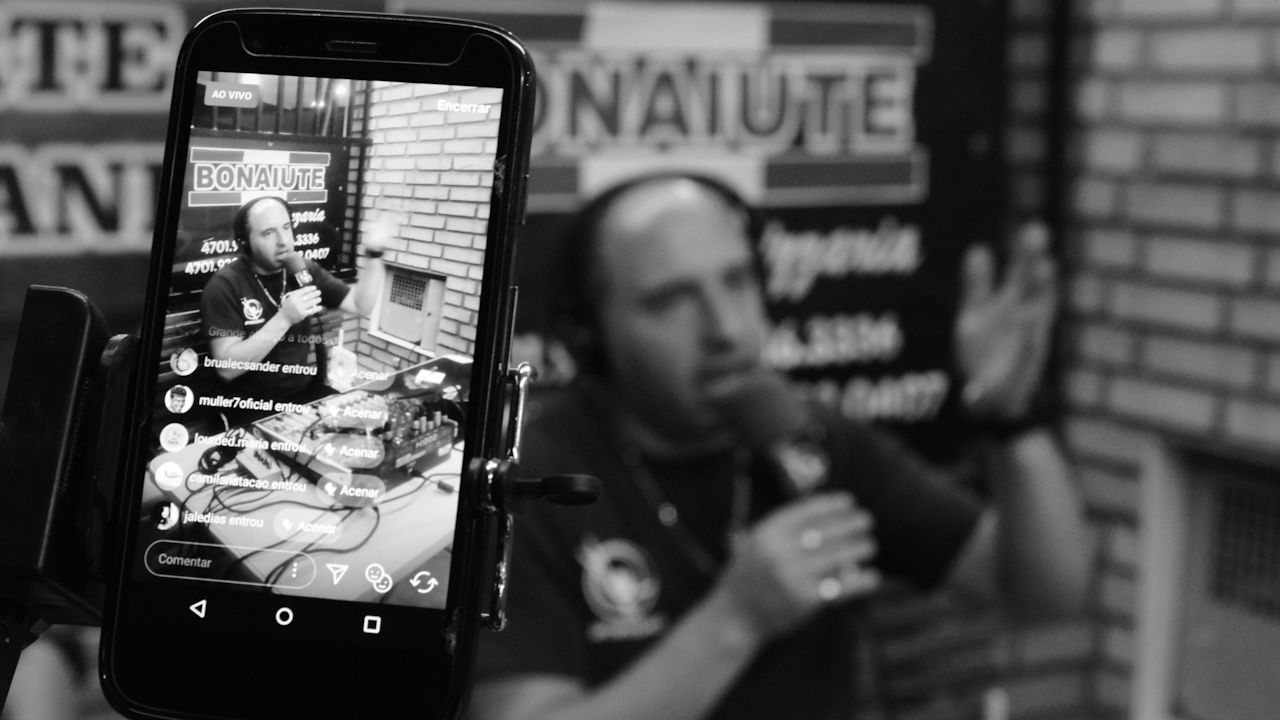For decades, talk radio reigned as a cornerstone of media, shaping public opinion, offering companionship during commutes, and giving voice to diverse perspectives. Whether it was political commentary, sports banter, or late-night storytelling, talk radio carved a unique space in the cultural landscape. But in recent years, podcasts have taken that legacy and run with it—redefining what it means to have a voice and an audience in the digital age. What began as a niche tech novelty has now become a dominant form of media consumption. The rise of podcasts can be seen not as the death of talk radio, but rather its natural evolution.
One of the biggest reasons podcasts have become the new talk radio is accessibility. Traditional radio requires listeners to tune in at a specific time, locking content to rigid broadcast schedules. Podcasts, however, are available on demand. Whether on a morning jog, during a work break, or while doing dishes at night, listeners can play any episode whenever it fits their routine. This freedom transformed passive listening into an active choice, empowering audiences to curate their own media diet.
Technology played a huge role in this shift. Smartphones, Bluetooth speakers, and apps like Spotify, Apple Podcasts, and YouTube have made audio content more portable and shareable than ever. Instead of flipping through radio dials, users can now search for highly specific topics, personalities, or genres. This tailored experience has not only expanded listenership but also democratized the creation of content itself. Anyone with a microphone and internet access can become a podcaster, erasing the gatekeeping barriers that once defined traditional broadcasting.
The podcast boom also reflects changing consumer tastes. People crave authenticity, niche content, and unfiltered voices. Unlike radio shows bound by commercial time slots or FCC regulations, podcasts often dive deeper and linger longer. A political podcast might run for two hours with in-depth analysis, while a true crime series can build narrative tension across episodes like a Netflix documentary. This freedom fosters intimacy and trust between hosts and listeners—qualities that keep audiences coming back for more.
Moreover, podcasts fill a social gap that talk radio once did so effectively: the need for connection. In a world increasingly fragmented by digital communication, podcasts offer a comforting sense of presence. Listeners often feel like they’re eavesdropping on conversations among friends or even participating in them. Some shows encourage listener emails or voice messages, blurring the line between audience and content creator. This interactive element deepens engagement, creating loyal fan bases that feel personally invested in the success of their favorite shows.
The economics of podcasting have also evolved. Initially dismissed as hobbyist projects, many podcasts now command major advertising dollars. Brands recognize the value of aligning with popular hosts whose voices carry weight with their audiences. This has led to a surge in professionally produced content, with entire networks and studios dedicated to podcast development. Big names from traditional media—journalists, comedians, authors—have entered the space, further legitimizing the format and attracting broader audiences.
However, what really makes podcasts the heir to talk radio is their cultural relevance. Just as talk radio once set the tone for political discourse and cultural commentary, podcasts now shape conversations around everything from mental health to pop culture. Shows like The Daily by The New York Times or The Joe Rogan Experience reach millions of listeners weekly, influencing public opinion and making headlines. Podcasts are not just a supplement to other media—they are often the source of it.
Another parallel lies in the diversity of voices. Talk radio once provided platforms for niche or underserved communities, and podcasts have taken that principle even further. There are now shows focused on nearly every subculture imaginable—from LGBTQ+ issues and indigenous storytelling to niche hobbies like knitting or urban foraging. This breadth is not just about entertainment; it reflects the decentralization of media and the desire for people to hear stories and viewpoints that mirror their own experiences.
Despite all this innovation, the core appeal remains surprisingly similar to its radio roots: people talking, sharing ideas, telling stories. Whether it’s a solo monologue, an interview, or a panel discussion, the human voice remains central. There’s something timeless about listening to someone talk—something inherently personal and immersive. That emotional connection is as potent today through earbuds as it once was over static-filled AM waves.
It’s not that talk radio has disappeared; rather, it has been reimagined. While traditional formats may still exist on airwaves, the conversation has largely shifted to the digital realm. The essence, though—the storytelling, the debate, the companionship—is very much alive and thriving in podcast form.
As podcasts continue to grow, they serve as a reminder that the desire to listen and connect is deeply human. Formats may change, technology may evolve, but the craving for real voices and real conversations endures. Podcasts have not only inherited talk radio’s mantle—they’ve expanded it, transforming a once-linear medium into a dynamic, on-demand, and richly diverse experience for listeners around the globe.

